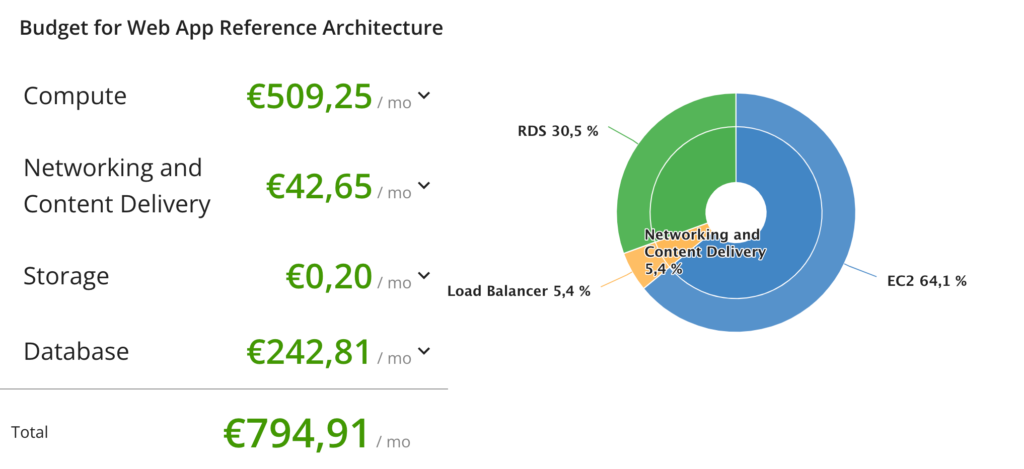Contact us: info@tenendo.com
Organisations are increasing their overall use of cloud
- In total, Amazon, Microsoft and Google accounted for 66% of the cloud market at the start of 2023.
- Public cloud Platform-as-a-Service revenue in 2022 was $111 billion.
- The cloud market is projected to be worth $376.36 billion by 2029.
- It’s estimated that the world will store 200 zettabytes (2 billion terabytes) in the cloud by 2025.
- The average cloud user spends around $400 monthly for a single server. Hosting the entire back-office infrastructure costs an average of $15,000.
- Just 11% of organisations have encrypted between 81% and 100% of the sensitive data they store in the cloud.
Managing cloud costs is an ongoing problem
- 93% face challenges with budgeting 2021 infrastructure cloud costs
- 94% have experienced unexpected cloud costs
- Only 31% report that they monitor and optimise public cloud costs effectively
Tenendo conducts a thorough performance analysis of existing infrastructure, the infrastructure scaling under load and cost estimation in near-real-time for different infrastructure configuration options.

TECHNICAL AUDIT APPROACH
A technical audit is a comprehensive review of an organisation’s IT infrastructure, systems, and processes to identify potential issues and areas for improvement. The Tenendo approach to conducting a technical audit is to split it into two parallel streams: architectural analysis and performance testing.
The architectural analysis involves a review of the organisation’s IT infrastructure and systems to assess their design, configuration, and alignment with industry best practices. This includes an assessment of the network architecture, hardware and software configuration, security controls, data backup and recovery processes, and compliance with relevant standards and regulations.
Performance testing involves evaluating the organisation’s IT systems and infrastructure to assess its ability to meet expected performance, scalability, and reliability levels. This includes testing system response times, transaction throughput, network latency, and other performance metrics to identify any bottlenecks, capacity limitations, or other issues that may impact system performance.
By conducting both architectural analysis and performance testing in parallel, the technical audit approach provides a comprehensive review of an organisation’s IT infrastructure, systems, and processes. This enables a more holistic understanding of potential issues and areas for improvement, allowing organisations to prioritise and address these issues more strategically and effectively.
In addition, the technical audit approach can also help organisations identify opportunities for optimisation and cost savings, such as identifying areas where hardware or software upgrades are needed or identifying opportunities to improve system configurations or processes to enhance efficiency and reduce costs.
Overall, the technical audit approach provides a structured and comprehensive method for assessing an organisation’s IT infrastructure and systems, helping organisations identify potential issues, prioritise improvements, and optimise their technology investments to support their business objectives better.
Read more about Technical audit
